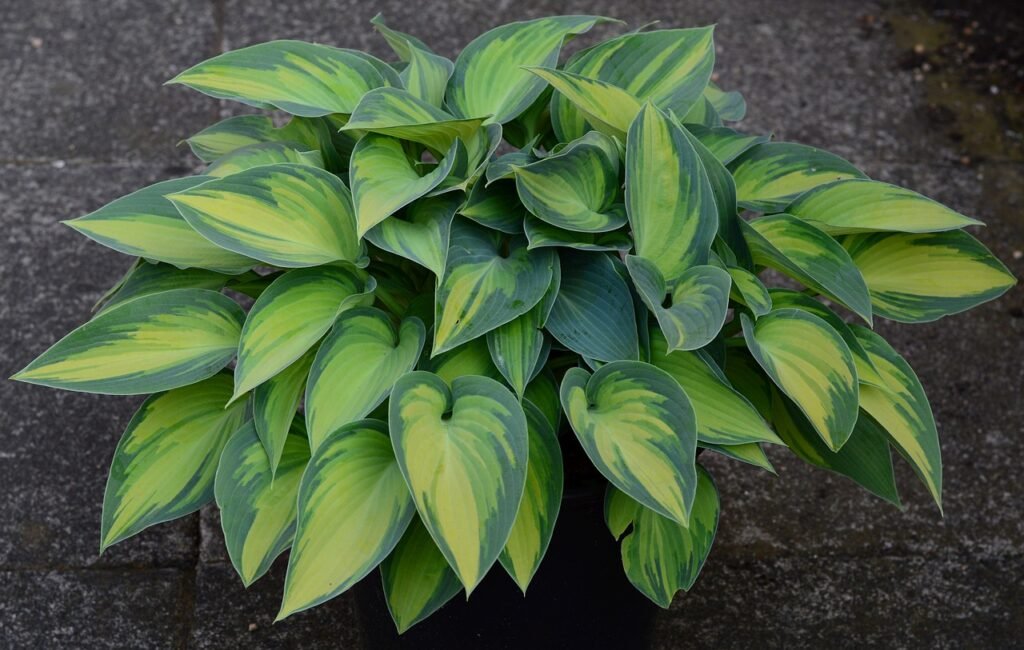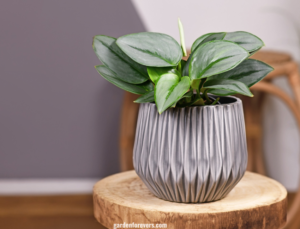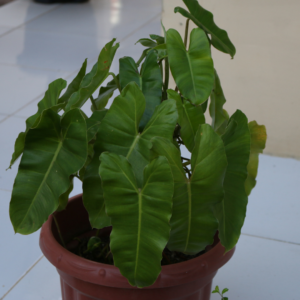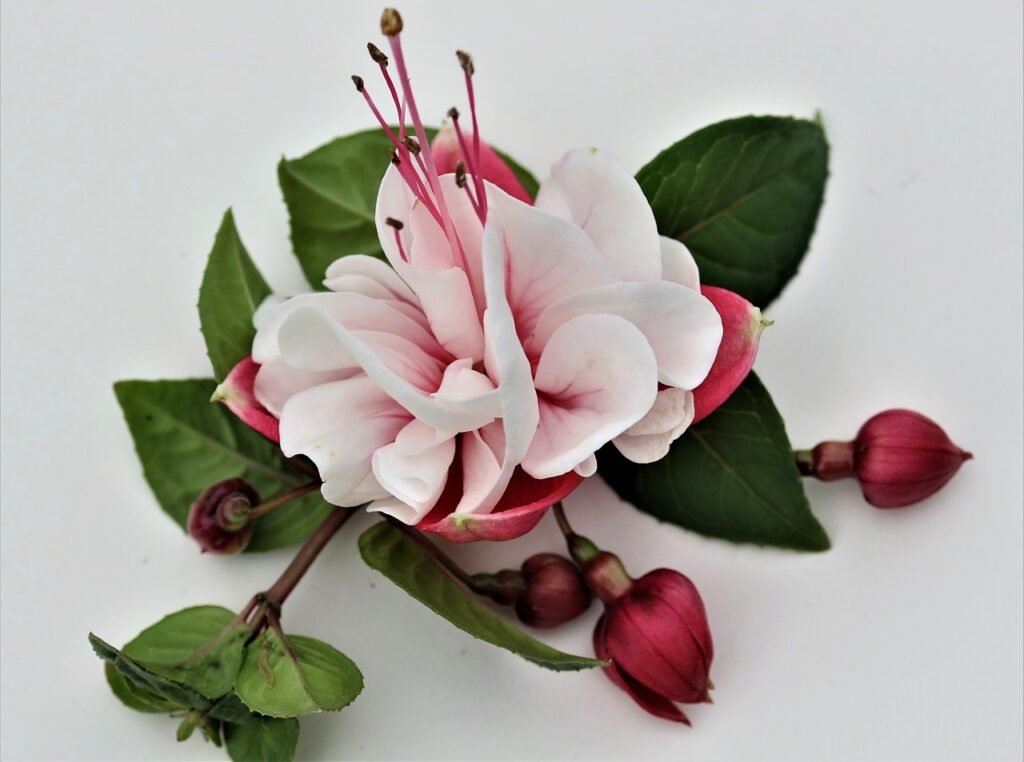hostas plants care and varieties: a complete Guidelines

I have loved growing Hostas plants as part of my gardening experience. The plants are quite Easy to Care for, but they are highly rewarding. What I have come to learn is that hostas do well in shady areas. This makes them very suitable for the parts of the garden where other plants may fail to thrive in the shade. Find out about our other houseplant here.
When it comes to planting hostas plant, my soil should contain plenty of organics and drain freely too. If this is not done then root rot may occur due to water logging.
You must water regularly. This is especially true during droughts. It keeps the soil consistently moist. Mulch around the base retains moisture and inhibits weed growth. I also found out that adding balanced fertilizer in spring helps. Do it just before they start growing back. It makes them grow healthy leaves with brilliant colors.
Among Hosta care activities that I enjoy is dividing them. After some time, hostas become crowded and less vigorous. Their leaves become smaller. Dividing them every few years rejuvenates them. It also lets me easy to grow my collection of hostas. Or, I can share them with friends or neighbors who love gardening.
Another key part of hosta care is managing pests and disease. While slugs may attack these plants, especially in humid conditions, hostas plants are relatively pest resistant. I use techniques like slug traps that attract them with beer and coppers.
How to Care for Hosta Plants
Location:
Hostas thrive in partial to full shade, making them ideal for shaded garden areas. Excessive sunlight can scorch their leaves, so choose a location with filtered light or dappled shade. Some varieties can tolerate more sun, but generally, they prefer cooler conditions.
Soil:
Hostas grow best in rich, well-drained soil. They prefer loamy soil with plenty of organic matter. To improve soil fertility and drainage, add compost or well-rotted manure. Ensure that the soil remains moist but not waterlogged.
Watering:
Regular watering is important, especially during dry periods. Keep the soil consistently moist but avoid overwatering, which can lead to root rot. Water at the base of the plants to keep the leaves dry and prevent fungal problems.
Fertilization:
Feed hostas with a balanced, slow-release fertilizer in early spring as new growth begins and again in mid-summer. Avoid over-fertilization, as it can lead to fewer flowers and leaf drop.
Mulching:
Apply a layer of mulch around the base of the plants to conserve moisture, regulate soil temperature, and suppress weeds. Organic mulches such as shredded bark or wood chips work well.
Pruning:
Remove dead or damaged leaves to maintain the plant’s appearance and reduce the risk of disease. Cutting back old leaves at the end of fall or early spring can help promote new growth.
Pest Control:
Hostas are at risk from pests such as slugs and snails. Manage these pests using slug bait or natural predators like birds and ground beetles. Hand-picking slugs and using barriers like copper tape can also be helpful.
Division:
Consider dividing hostas every 3-5 years to rejuvenate the plants and prevent overcrowding. Early spring or late summer is the best time for division and replanting.
Hostas Plants Varieties for Specific Purposes

It’s minimal, but needed to prune hostas plants for the better look they can develop. I remove all damaged and yellowing leaves during the growing season to make plants look neat. At the end of autumn, after the first frost, I cut the foliage to the ground. I did it to clean up the garden and prepare hostas plants for winter.
There are some variety and we need to know about these before starting plantation of these plans:
Some Common Varieties of Hosta Plants
Purple Hosta Plants: Purple hosta plants are a vibrant addition to any garden. Known for their lush leaves and attractive purple color. They add color and elegance to shaded areas. They are easy to care for, growing in partial to full shade and well-drained soil.
Red Hosta Plant: Red hosta plant are a stunning, rare variety featuring striking red or burgundy stems and vibrant green leaves. They add unique color and elegance to shaded garden spaces.
Blue Hosta Plant: Blue hosta plant are prized for their striking, silvery-blue foliage that adds a cool, calming touch to shaded gardens. They thrive in well-drained soil and are low-maintenance.
White Hosta Plant: White hosta plant are elegant and rare and display pure white or creamy leaves with a subtle attractive appearance. They thrive in shaded areas and add a sophisticated touch to the garden.
Francee Hosta Plant: Francee hosta plant are known for their attractive appearance. It has dark green leaves with whitish margins. They add a touch of elegance to shady garden areas and are easy to maintain.
Yellow Hosta Plants: Yellow hosta plants are vibrant and eye-catching, with bold, golden-yellow foliage that brightens shaded garden spots. They thrive in well-drained soil and offer a sunny touch even in the shade.
For Shaded Areas
Hosta Sum and Substance: Popular as it is large and has shiny gold leaves that brighten shaded spots in a garden.
Frances Williams Hosta: It has got big blue-green with striking yellow margins ideal for contrasting with dark areas.

For Edging Along Pathways or Borders
Hosta Patriot: This small sized deep green hostas plants is framed by clear white edges that makes it appropriate for lining along pathways or borders.
Hosta Golden Tiara: Very beautiful small mound forming hosta has heart-shaped leaves with centers being green while edges are colored golden thereby creating a tender border effect.
For Dramatic Focal Points:
Hosta Blue Angel: With impressive blue-green leaves that can be quite huge, this plant will easily stand out in any garden.
Empress Wu Hosta: One of the largest hosta varieties available, it possesses gigantic dark green leaves which command attention and create a strong focal point.
These hosts cater to various gardening preferences. They light up shady places, set boundaries, or make bold garden statements.
Seasonal Care Calendar for Hosta Plants

To manage Hosta plants throughout The Seasons, I have found from my experience that one has to be very careful and well-planned for. Here’s how I do it:
Spring
When the hosts start showing up after their dormancy period. I first clean up the hostas plants of remaining winter trash. This helps prevent mold and pest infestations. In addition, I divide mature hostas while keeping enough space for each new division so that they can thrive.
Summer
Hostas Plants require regular watering especially during dry spells in summer. To retain moisture and suppress weeds, I put mulch around the base of them. To keep off slugs and snails who are pests, I use organic controls or build barriers like copper tape around these plants.
Fall
During fall season, any foliage turning yellow is cut back and dead leaves removed to avoid spreading diseases. It is also a good time to transplant or divide hosta plants whenever needed. A layer of mulch before winter saves the roots of plants from freezing.
Winter
In colder regions, a layer of mulch or leaves is used as protection for hostas plants against severe winter conditions. It prevents frost heaving by defending against root injury caused by frost during severe winter weather. Moreover, when snow shoveling is taking place it also helps me because I identify different places where my hostas are located thus minimizing accidental damage.
Through this seasonal care calendar, my hosts have been healthy and vibrant year after year.
FAQs
How much sunlight do Hostas plants need?
Hostas plants thrive in partial to full shade. Some varieties can tolerate more sunlight. But, they generally prefer shade. It protects their delicate leaves from scorching. Morning sun with afternoon shade is usually ideal.
What type of soil is best for Hostas Plants?
Hostas plants prefer well-draining, rich soil with plenty of organic matter. A loamy soil mix with a slightly acidic to neutral pH is ideal. Adding compost improves soil texture and fertility. It provides the best environment for Hostas plant to thrive.
How often should I water my Hosta plant?
Hostas plants like consistent moisture. But, they get root rot if the soil gets waterlogged. Water deeply when the soil feels dry to the touch. Do this once or twice a week, depending on the weather. Mulching around the plants can help retain soil moisture.
Do Deer Eat Hostas plants?
Yes, deer do eat hosta plants. They are quite fond of the tender, lush foliage and can be a significant threat to your hostas, especially in areas where deer are prevalent. Using deer repellents or barriers can help protect them.
Do Hostas Plants require fertilization?
Hosta Plants don’t need much food. But, they benefit from yearly application of balanced fertilizer in early spring. This is when new growth emerges. You can apply a slow-release or diluted liquid fertilizer. Follow the package instructions. Avoid excessive nitrogen, which can lead to lush foliage prone to damage.
How do I divide Hostas Plants?
Dividing Hosta plants is a great way to rejuvenate crowded clumps. It also makes new plants. It’s best done in early spring before new growth appears. Or, do it in late summer to early fall once flowering has finished.
Carefully dig up the clump. Then, separate it into smaller sections. Ensure each section has healthy roots and several shoots. Replant divisions at the same depth as the original plant. Space them well to allow for future growth. Water well after planting to help establish the new divisions.








